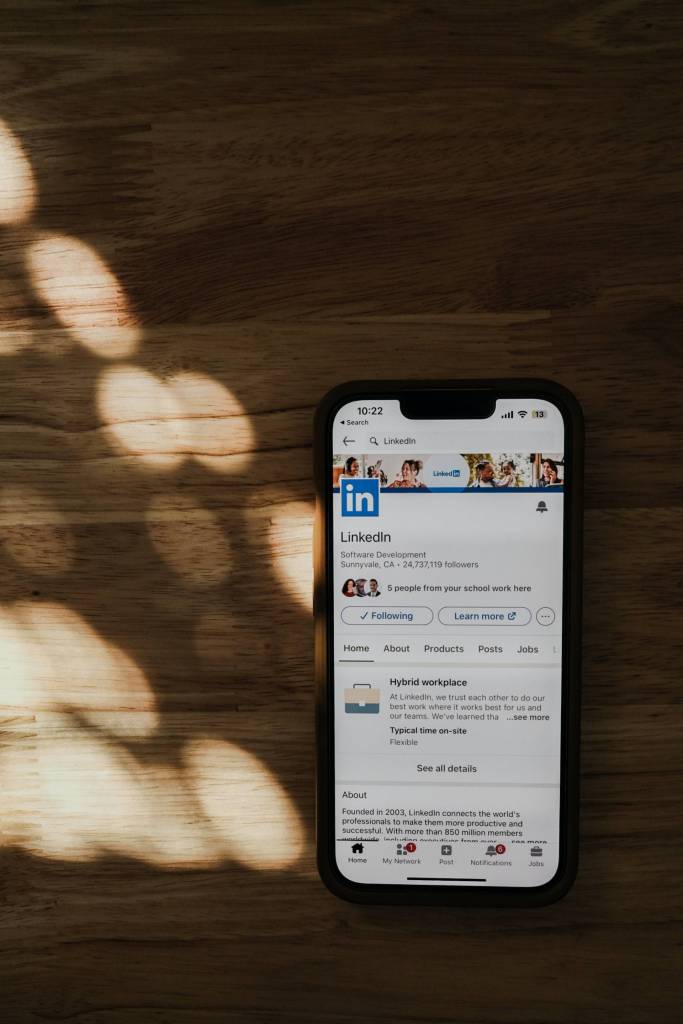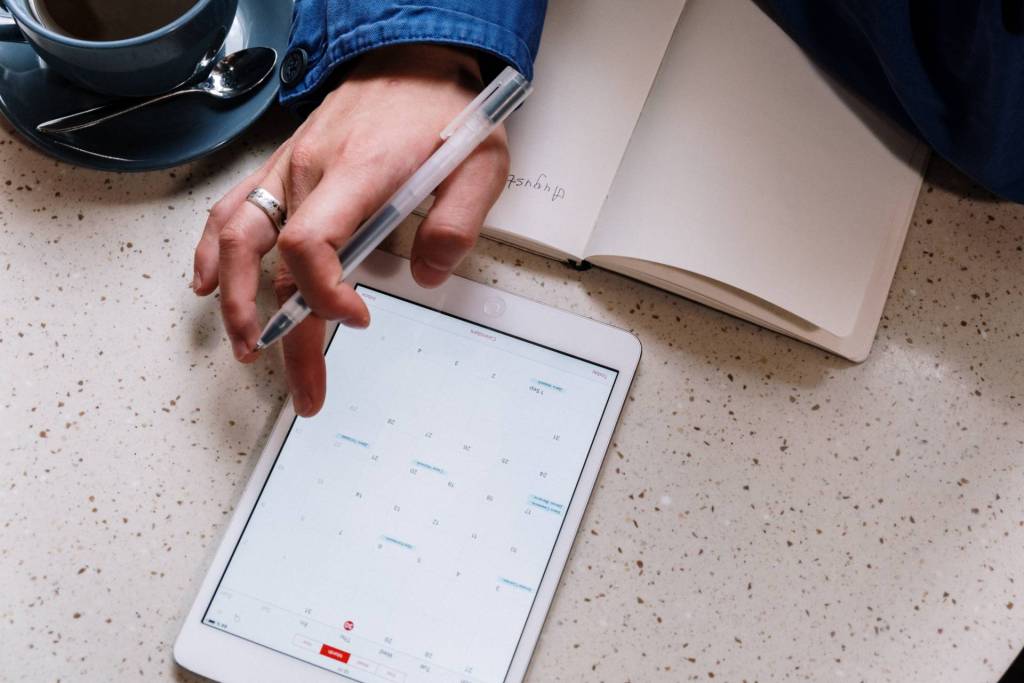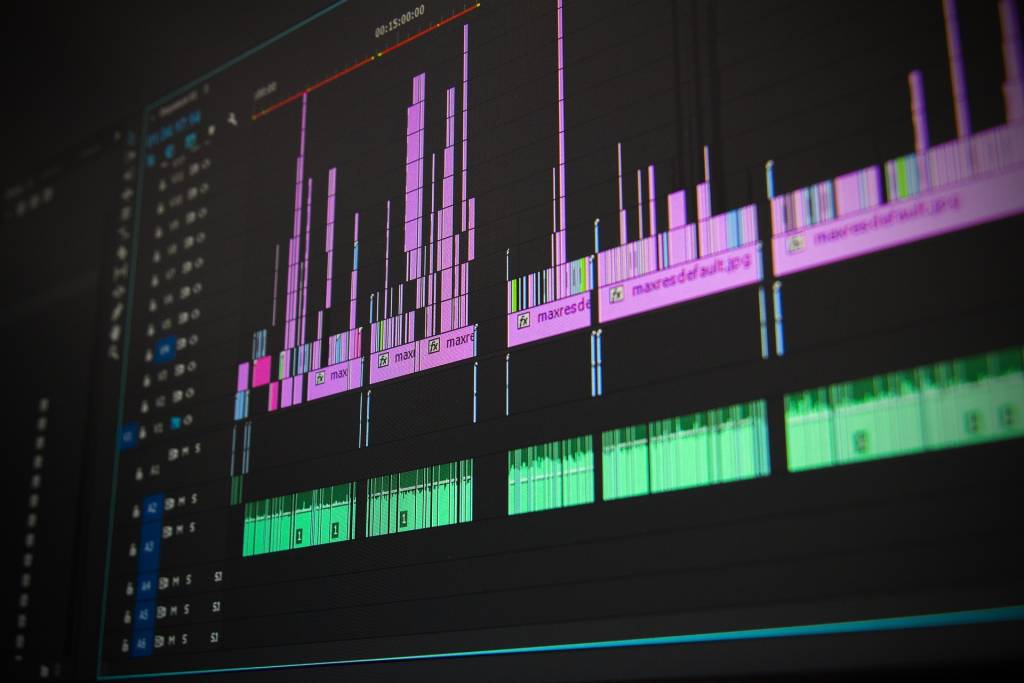 If you’ve applied to a new job recently, you’ve probably noticed the option to input your LinkedIn profile instead of uploading a traditional resume. While this may look like a sign that the hiring world is taking a step away from the traditional resume, you may want to think again before you delete your resume file.
If you’ve applied to a new job recently, you’ve probably noticed the option to input your LinkedIn profile instead of uploading a traditional resume. While this may look like a sign that the hiring world is taking a step away from the traditional resume, you may want to think again before you delete your resume file.
LinkedIn can be a great way to share your expertise, expand your network and improve your career — but that doesn’t mean it’s an adequate resume replacement. There are many things your LinkedIn profile can do that your traditional resume can’t, and vice versa. Instead of looking at LinkedIn as a replacement for your resume, you should look at them as supplemental to one another.
But what is the best way to write your resume and LinkedIn profile so they complement each other? Let’s take a look at some of the major differences and similarities between your LinkedIn profile and your resume.
- Including an Image
Some people choose to include a professional image on their resume as a way for hiring managers to put a face to the information on the page. While you don’t need to add your headshot to your resume, you’ll definitely want to have a professional image on your LinkedIn profile.
Because LinkedIn has a specific space for an image, not including one leaves a gray stock image that can look unprofessional. Not only does it make your profile look incomplete and sloppy, it can make it difficult for a hiring manager to really understand the person behind the page. Use a high-quality, professional image on your LinkedIn profile.
- Professional Summaries
A professional summary is a small paragraph that explains your career accomplishments and goals. While many people choose to put a professional summary on their resume, others do not. But just like images, your professional summary needs to be featured on your LinkedIn profile.
On your LinkedIn profile, your professional summary does not change depending on who is visiting your profile. This means it needs to be thorough and descriptive, but not so specific that it pushes away certain visitors. If you choose to feature a professional summary on your resume, it should change depending on the job you’re applying for.
- Keywords
Keywords are important to both resumes and LinkedIn profiles, but in different ways. On your resume, using the right keywords can help your application get through screening software that may be filtering applicants. On your LinkedIn profile, you want to think about keywords in terms of how you’d expect to be found by a search engine.
When selecting the right keywords for your resume or LinkedIn, you need to consider the situation. With your resume, you should use keywords that are featured throughout the job application. On your LinkedIn profile, you’ll want to do research to see which kinds of keywords recruiters, hiring managers or other connections are looking for.
- Content and Tone
While LinkedIn is frequently used as a networking tool, it’s still a social media site. You should certainly be more professional on LinkedIn than you may be on your personal Twitter or Facebook, but view your LinkedIn profile as a networking tool. This means you can be more conversational in your LinkedIn profile than your resume, which is more bullet-driven and serves as an actionable summary of your skills.
You want your resume and LinkedIn profile to feel as they were written by the same person, but these materials have different purposes. The tone of your resume should be formal and action-driven. You’ve submitted your resume for the purpose of receiving employment, so you want to be as professional as possible and summarize your hard/soft skills.
On LinkedIn, you can do the same — but your voice can be more present and personable when describing what you’ve accomplished.
- Descriptions and Details
Unless you’re applying to an upper-level or extremely detailed position, your resume should only be one page. This means you need to keep information about your work experience short and to the point. Readers should be able to skim your resume and get a clear idea of what value you can bring to the position.
On the other hand, your LinkedIn profile allows for more room. You don’t need to limit your profile to a few bullet points or short sentences. You’re able to elaborate on the duties of past positions and include more detail about your skills and experience.
- References
On LinkedIn, your references can endorse you for specific skills and even write a recommendation about their time working with you. This allows any visitor to your profile — including recruiters and hiring managers — to see these references, which are constant no matter who is visiting your profile. You might be asked for the contact information of these folks so a hiring manager can confirm the reference, but either way, these look nice and give a strong, favorable impression.
References typically aren’t a part of your traditional resume. A hiring manager is likely to ask for them if you get to a certain point in the interview, but they will typically contact the references you provide on their own. Your references might be stellar here too, they’re just not as visible.
Your resume and your LinkedIn profiles shouldn’t compete with one another. Instead, they should work together to provide the strongest professional image of you possible. When you understand the differences and similarities between your LinkedIn and your resume, you can develop stronger versions of each to help you land the job of your dreams.













